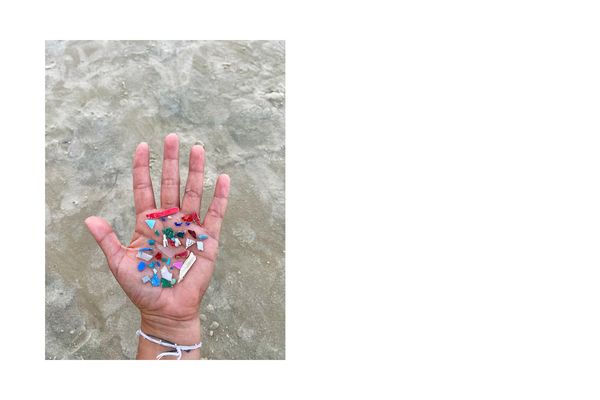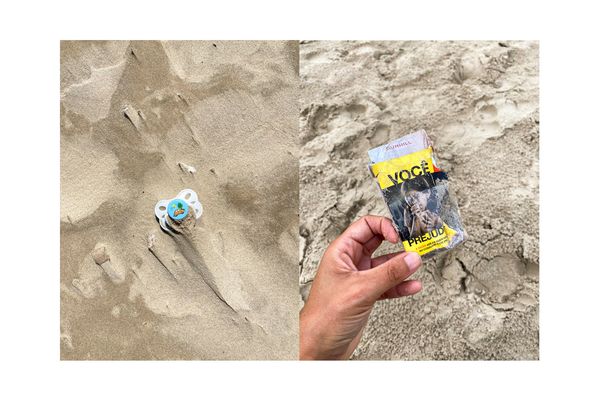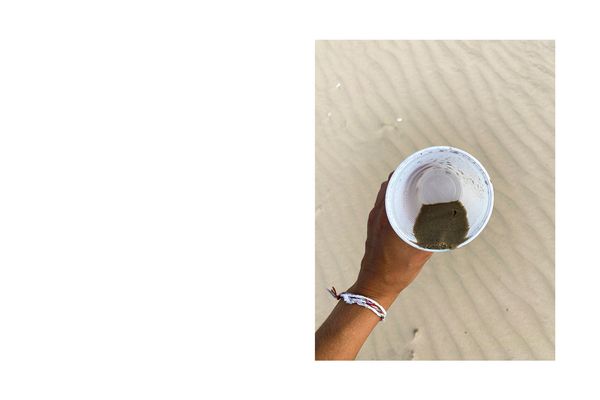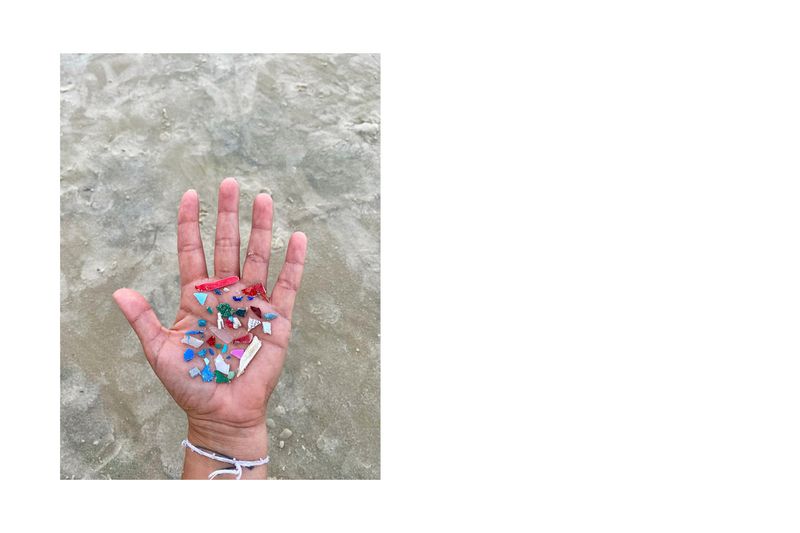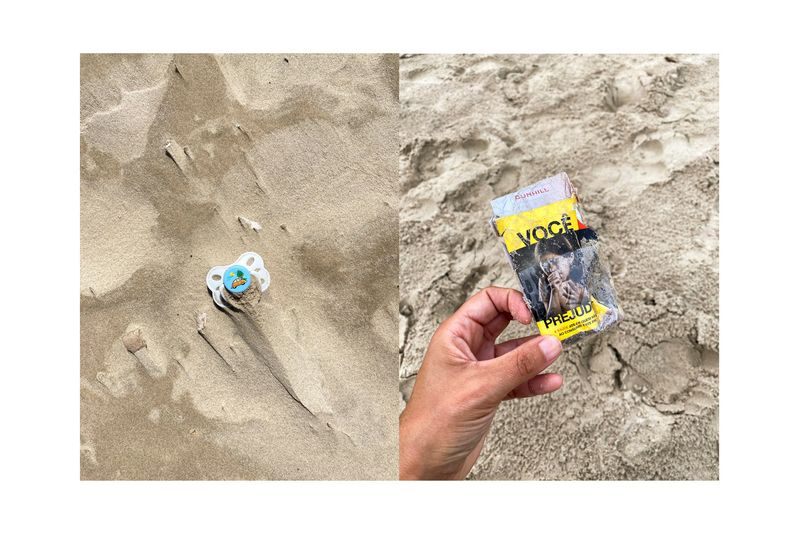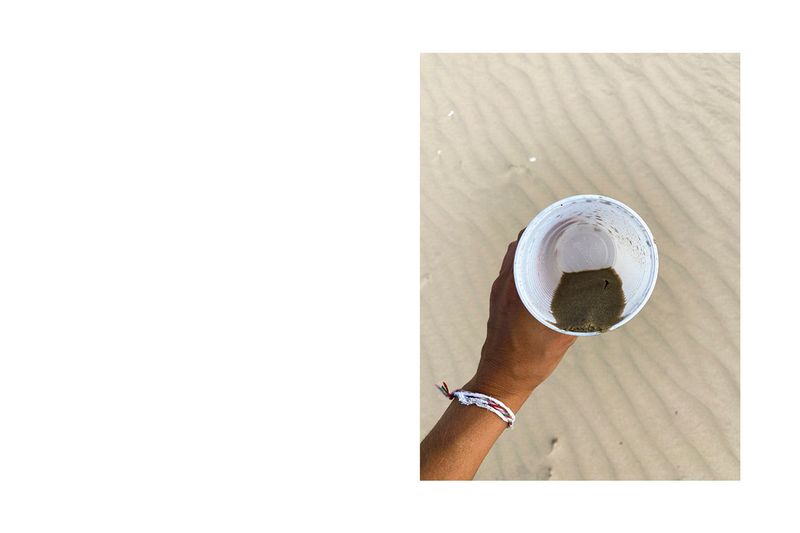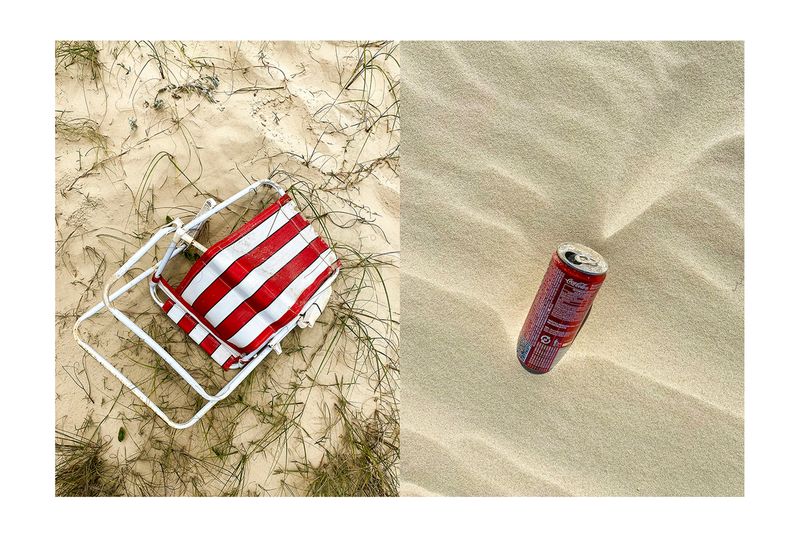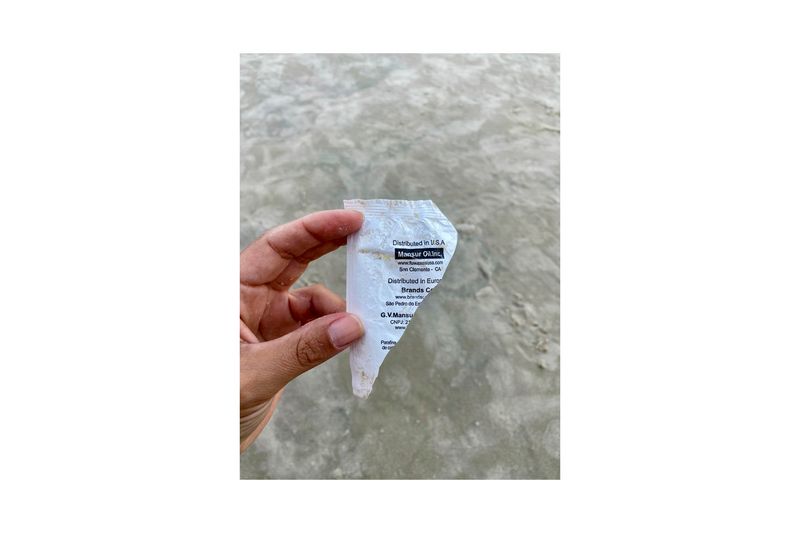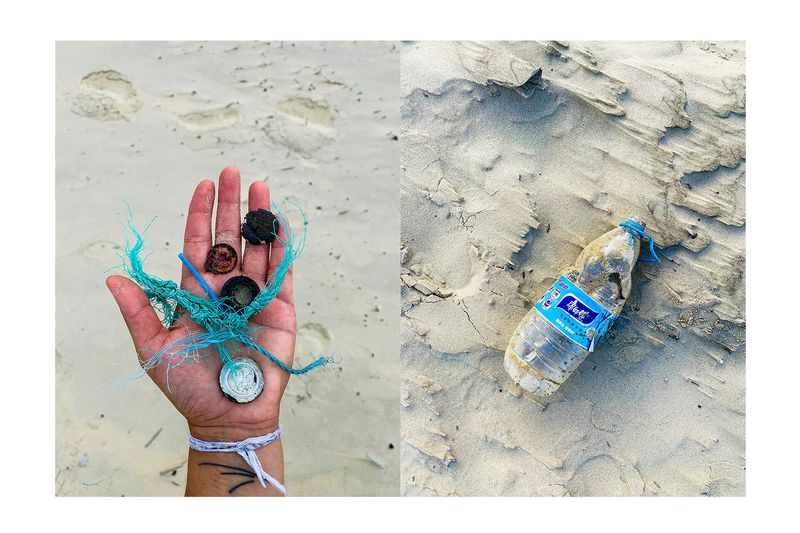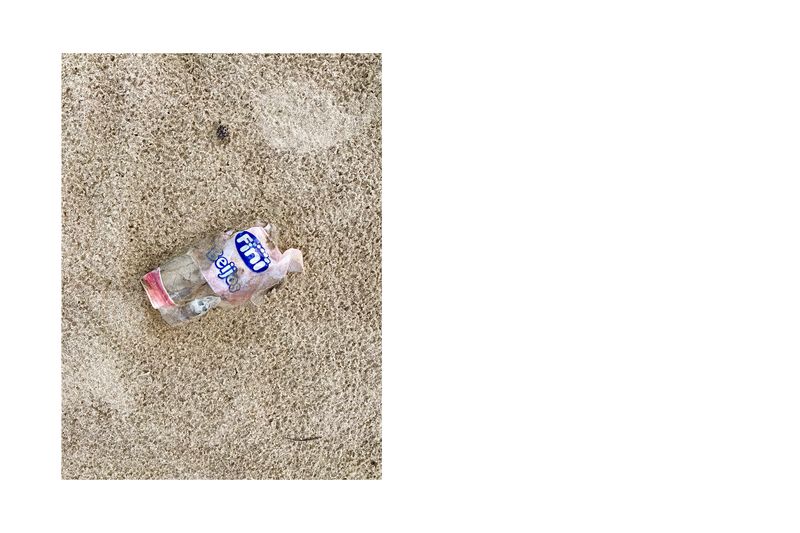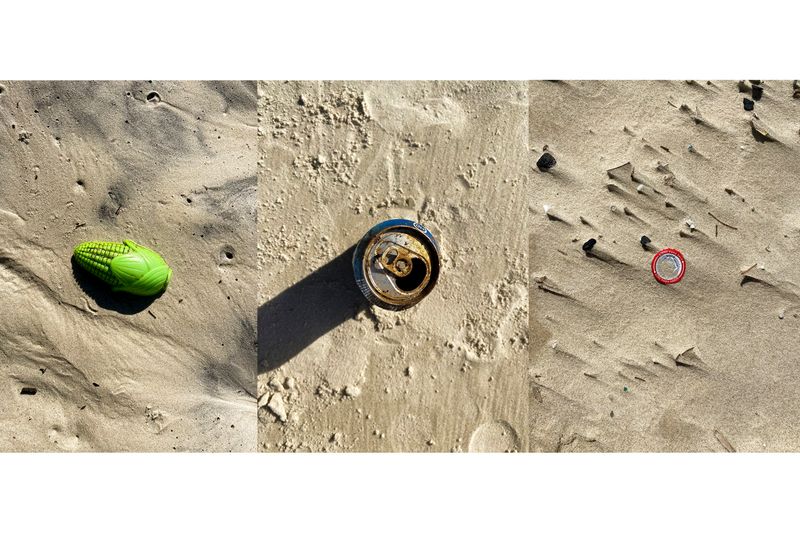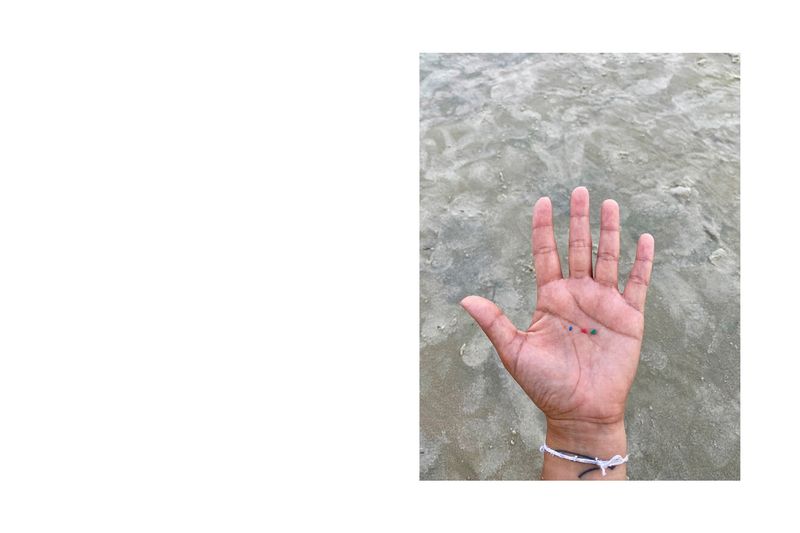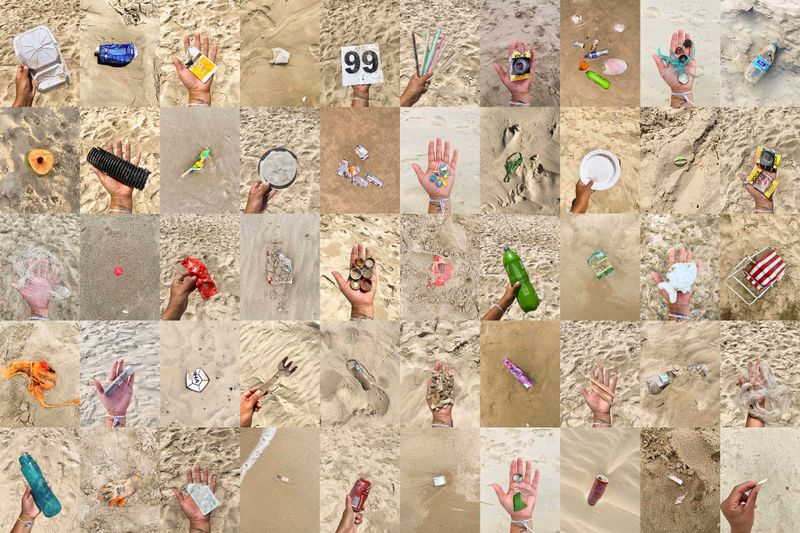The Sea Inventory
-
Dates2021 - Ongoing
-
Author
- Location Rio Grande do Sul, Brazil
Counting beach litter reveals the scale of global ocean pollution. The Sea Inventory is a photo project documenting waste on Brazil’s southern coast, urging reflection: marine debris is our shared responsibility and a threat to future generations.
Counting the trash found along the sand of any beach is like placing a magnifying glass over a global issue: the alarming amount of waste already present in our oceans.
Inventory of the Sea is a photographic project that aims to reflect on the impact of litter disposal on the marine environment. Through documentary images, it records the waste found along the shoreline in southern Brazil, revealing how this global problem manifests on our coast.
This edition brings together photographs taken between 2023 and 2025, with the main goal of sparking collective reflection: the trash found on beaches is everyone’s responsibility. Each daily choice, from excessive consumption to improper disposal, contributes to the accumulation of waste in the oceans.
According to the United Nations Environment Programme (UNEP), around 11 million tons of plastic enter the ocean every year. Estimates from the Oceanographic Institute of the University of São Paulo (USP), presented at the 2022 United Nations Ocean Conference, indicate that there are already 150 million tons of plastic waste in the oceans and that number could double by 2050 if nothing is done.
Brazil is among the 20 countries that contribute most to marine plastic pollution. According to the No Plastic in Nature report (WWF, 2019), the country dumps around 3.44 million tons of plastic into the environment per year, with at least 325,000 tons ending up directly in the sea. The situation is expected to worsen: a 2023 report by The Pew Charitable Trusts and SYSTEMIQ predicts that the volume of plastic entering the oceans could triple by 2040. A study published in Science Advances estimates that more than 171 trillion plastic particles are currently floating in the sea, with the potential to nearly double over the same period.
Beyond threatening marine life, microplastic pollution is already affecting human health. Studies show that these particles are present in food, drinking water, and even in the air we breathe.
The impact on marine life is direct. A study published in Nature Sustainability found plastic in 100% of the sea turtles analyzed, 59% of whales, and 36% of seabirds. More than just an environmental issue, this is a legacy we are creating—one that will be inherited by future generations.
